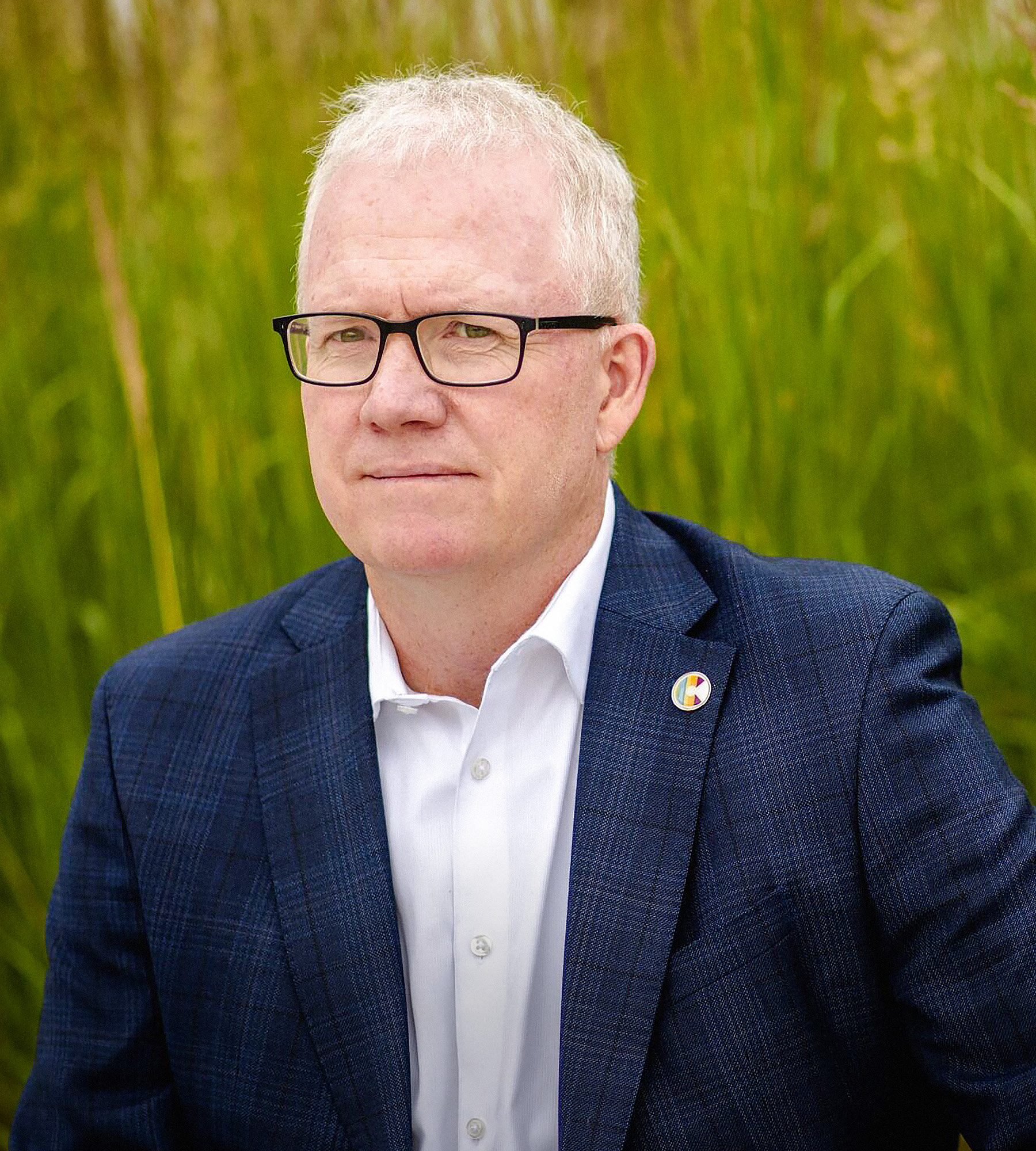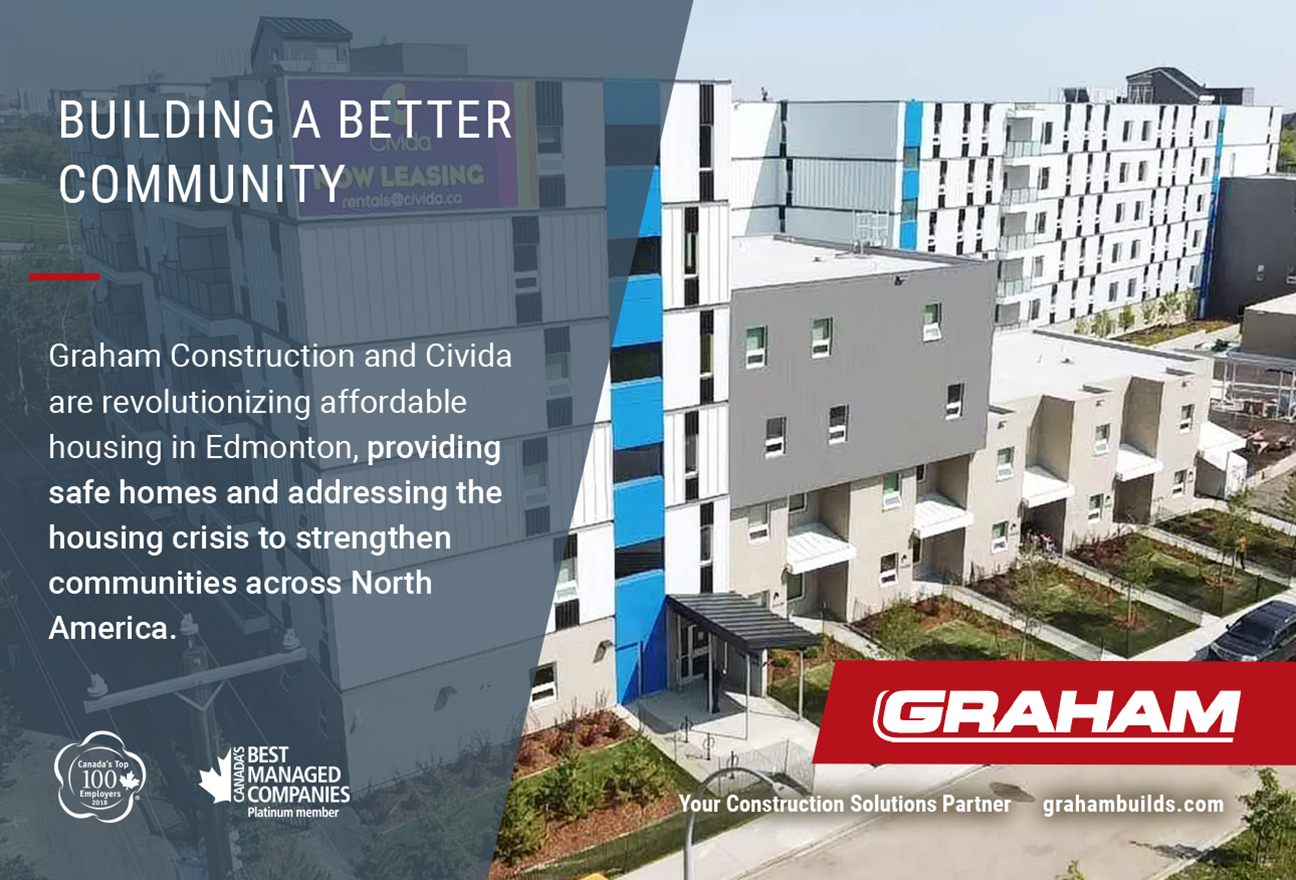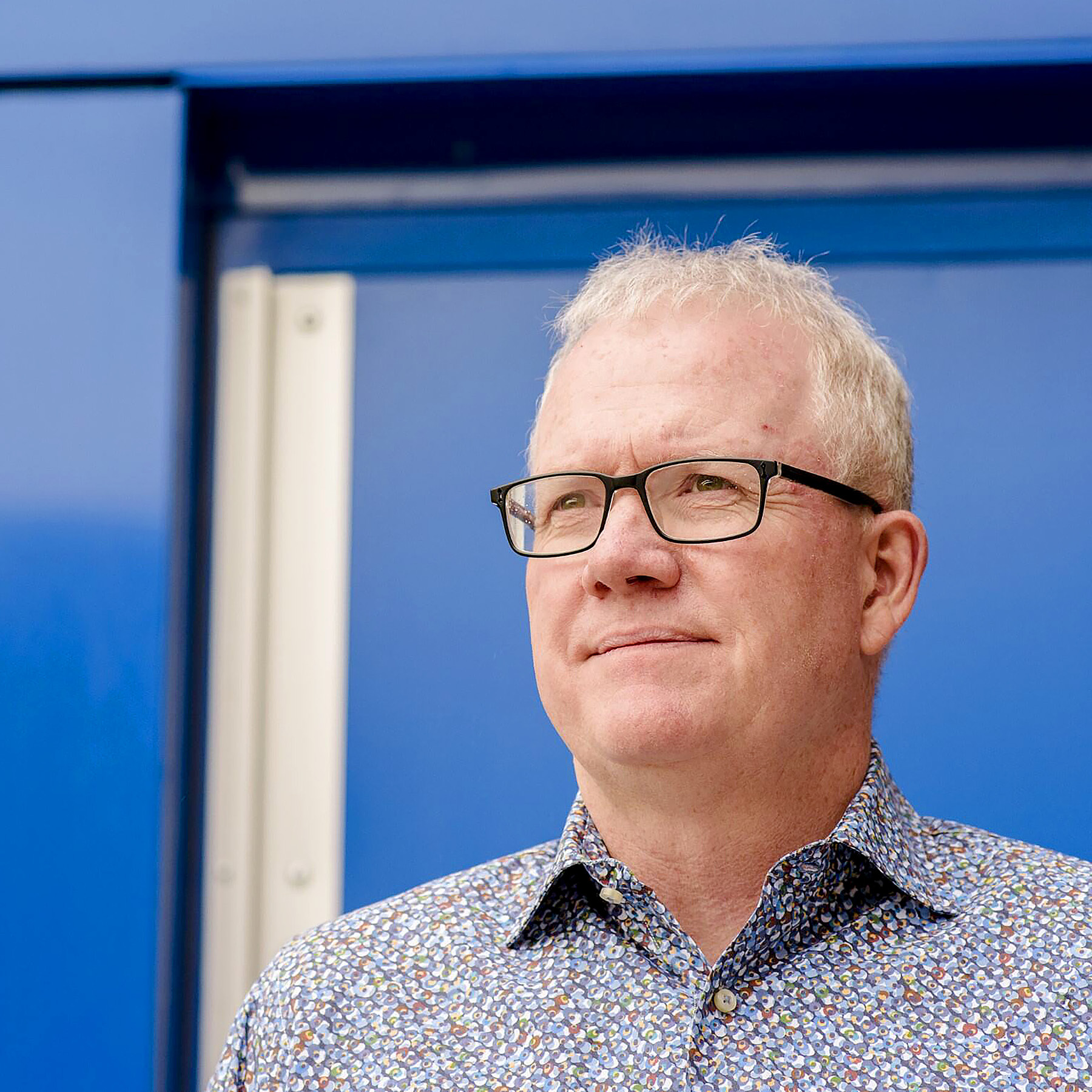Language
You can read the magazine in one of the following languages
Geolocation
You can read the global content or the content from your region


Housing 15,000 people comfortably and affordably across the Canadian city of Edmonton is a challenge Civida CEO Gord Johnston has successfully risen to – an achievement that has come through carefully balancing a number of vital moving parts.
The most obvious factor is affordability. The city’s population grew by over eight percent between 2016 and 2021, and with Canada’s immigration targets set to increase, this trend is expected to continue.
“As more people make Edmonton their home, the demand for affordable housing is rapidly increasing,” Johnston says. “We’re not just addressing current needs; we’re preparing for a future where the need for affordable homes will be greater than ever.”
To achieve this, Johnston’s goal is to drive and diversify Civida’s revenue streams and minimize the amount of external funding it needs to operate.
One way to achieve this is to increase the number of ‘mixed income’ developments Civida runs, where properties are priced across a spectrum of low, middle and market rate, which allows whole apartment buildings to become fully financially sustainable.
“The mixed-income model is transformative because it fosters diverse, inclusive communities where people from different socioeconomic backgrounds live side by side,” Johnston explains.
Adding new properties to Civida’s portfolio, through a combination of both new construction and acquiring suitable existing buildings, is another solution. Civida’s rigorous, public procurement procedures also ensure that any companies it partners with are providing the best value for money, at the highest quality.

But affordability, as Johnston explains, isn’t the only component in delivering the community housing Civida has become known for. Equally important, he says, is providing support systems and networks for its tenants.
“The housing needs for people in our community are higher than they’ve ever been,” he says.
Edmonton’s city’s rental market has tightened considerably, with vacancy rates dropping to below three percent in recent years.
“The rising cost of living, combined with the pressures of rapid population growth, means that more and more families are struggling to find affordable housing,” he points out.
“At Civida, we’re forming strategic partnerships to ensure we can continue to provide affordable homes. Our point of difference is that we see our role not just as providers of housing, but as creators of homes – places where people can build their lives.”
Johnston is committed to his vision of Civida to be an entity that orchestrates meaningful change within its communities. As a result, providing resources for children is high on his priority list, which is why Civida has partnered with two family-oriented non-profits to construct community spaces that it will lease them for a mere US$1 a year.
“We think we have an obligation and a responsibility to provide supports to vulnerable people as close to their homes as we possibly can. That has not been a traditional approach of housing, and it’s really something that we’re excited about,” Johnston says.
“That’s a very purposeful strategic direction for us, which we are looking forward to replicating.”

Keeping community at the heart of Civida’s work relies on close collaboration with an ecosystem of partners. The company has successfully partnered with private developers, municipal, provincial and federal governments, and community organizations to expand its reach and deepen its impact.
Naturally, construction firms like Graham Construction & Engineering play a big part, as do the maintenance firms keeping properties in top shape by carrying out anything from roof replacements to snow clearing.
“We rely on and are very proud of our relationships with the private sector, who help us out in very timely, appropriate and cost-effective ways to make sure that we continue to offer high-quality properties that are well maintained. It’s a big piece of work for sure,” Johnston says.
“We’re truly excited about continuing to find innovative solutions to satisfy the demand for affordable housing. We can’t do it alone. Building homes – real homes that change lives – requires collaboration. We’ve made great strides, but there’s so much more we can do.”